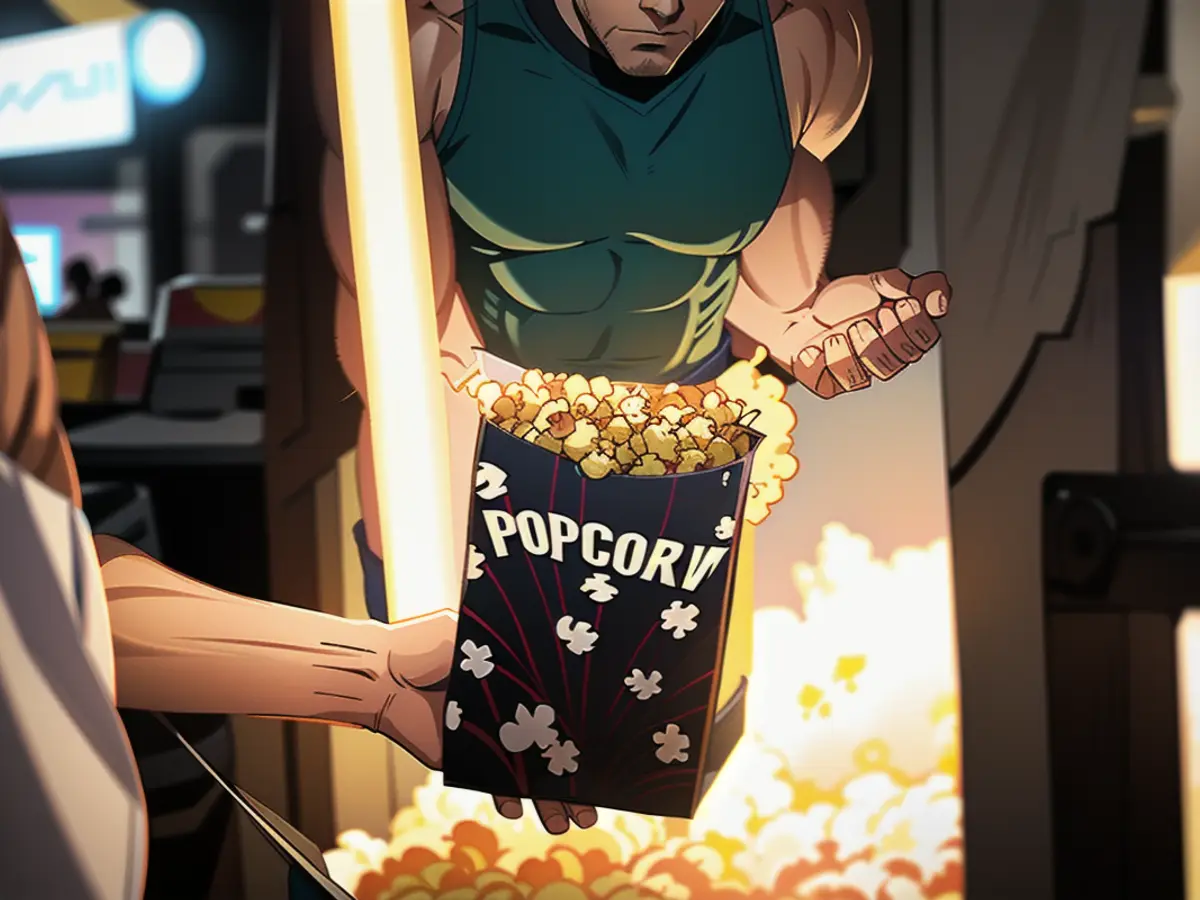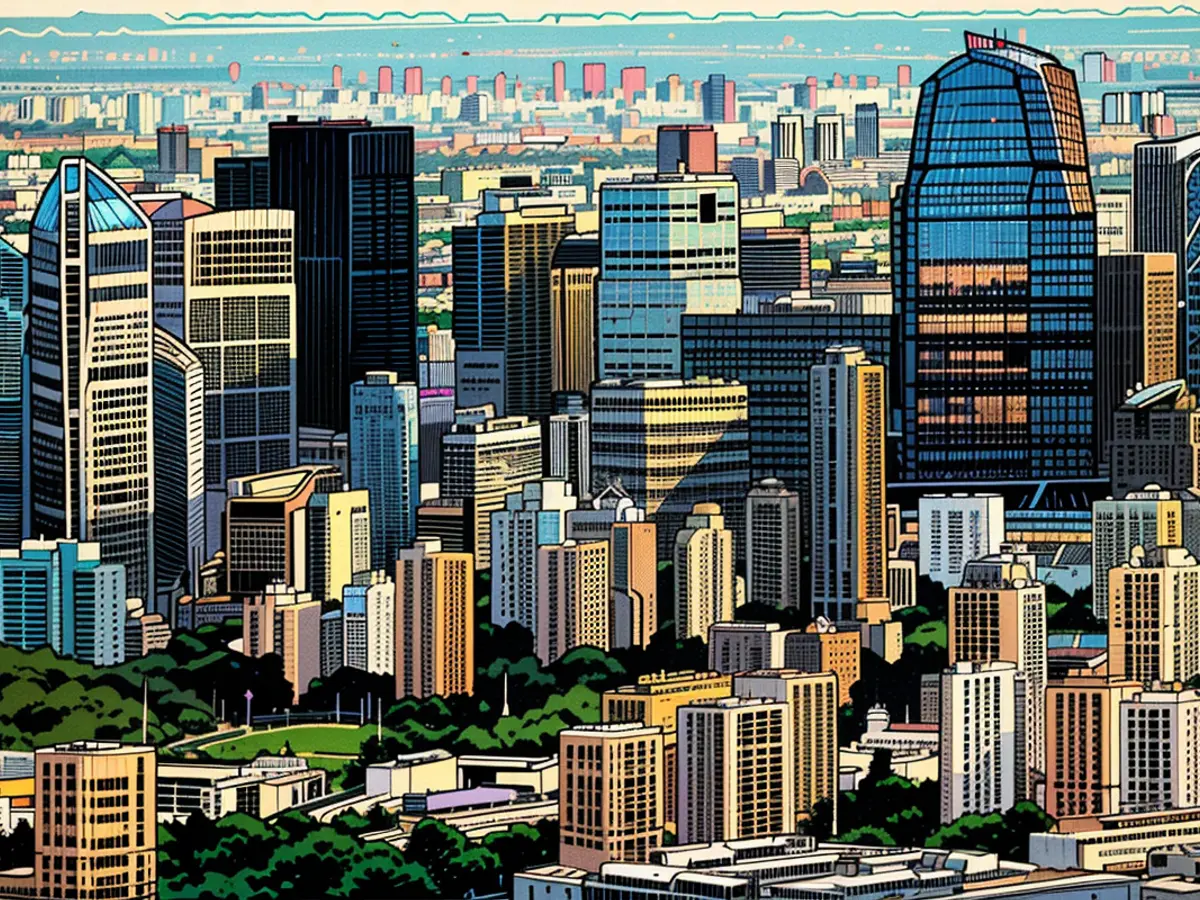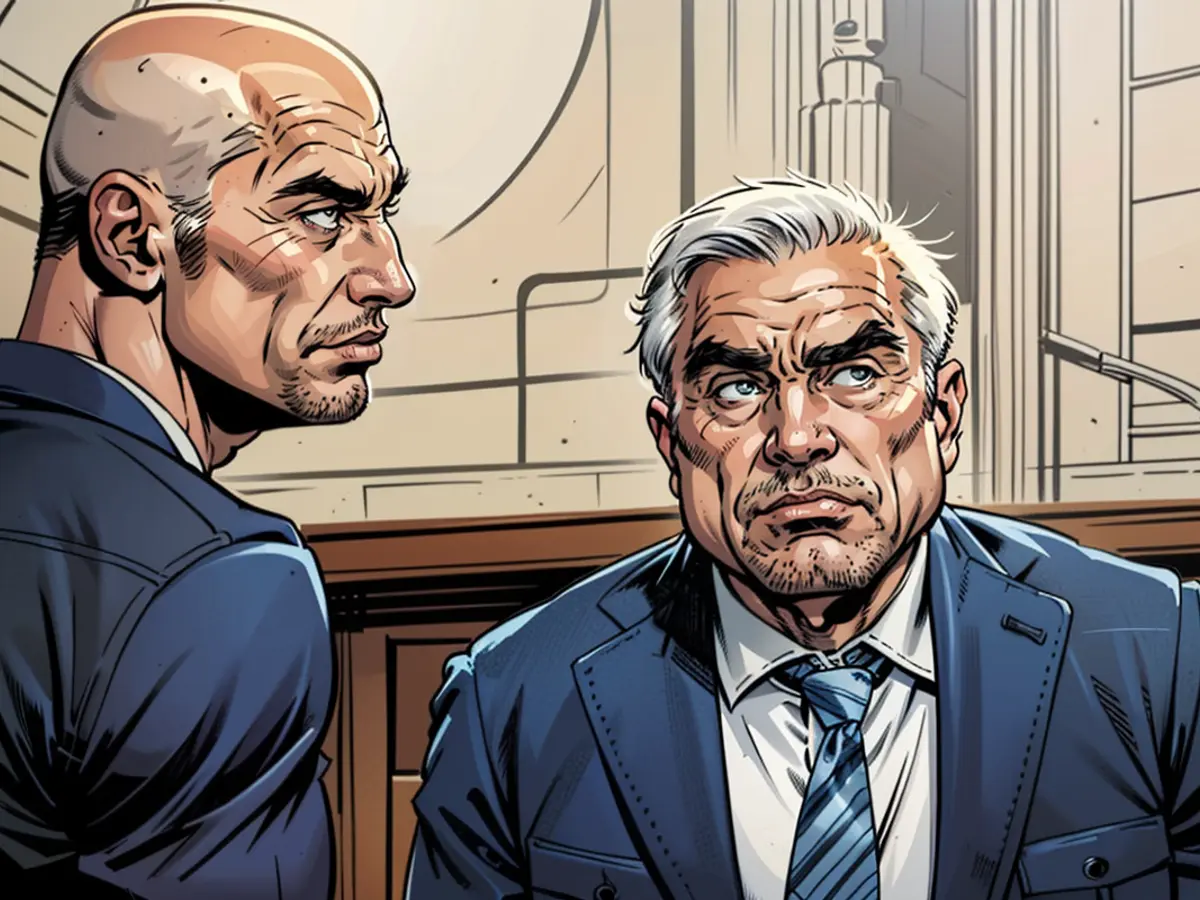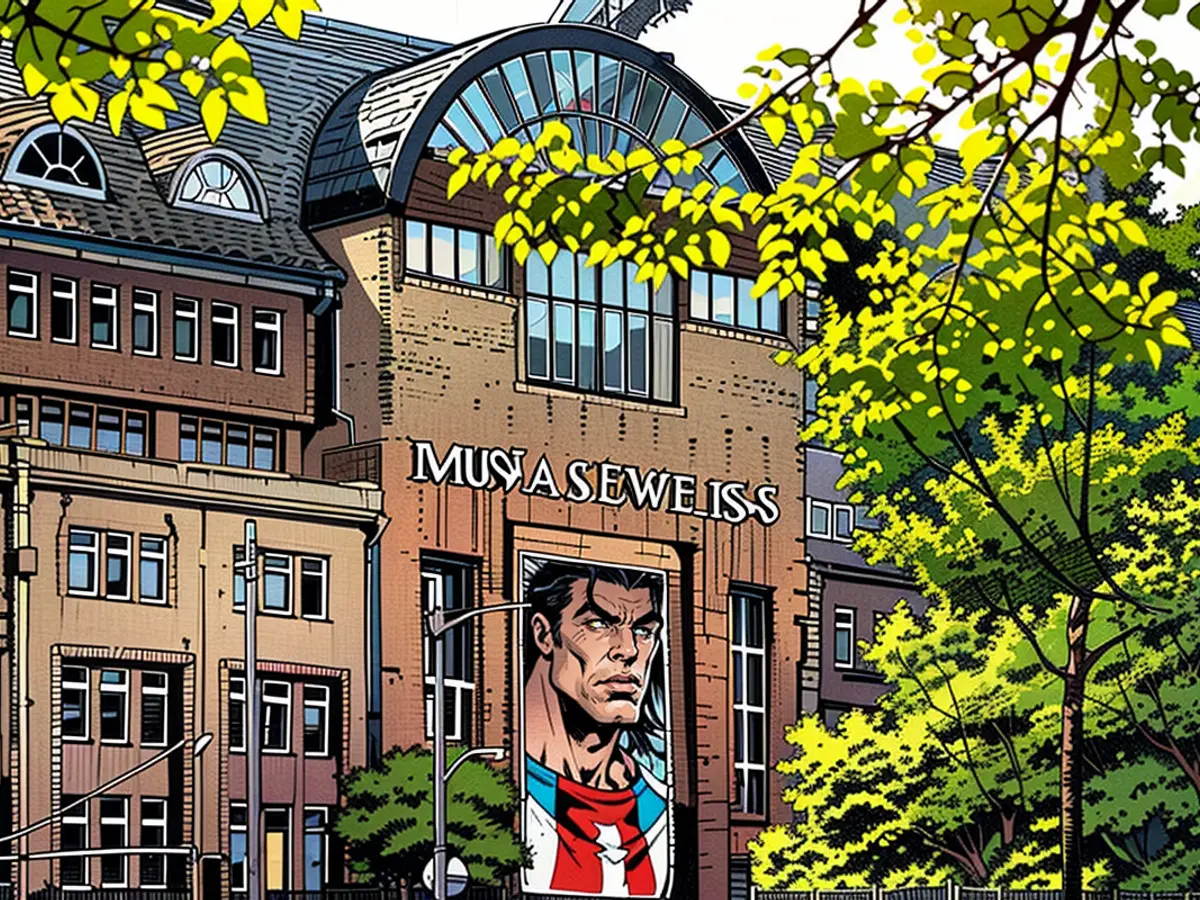The explanation for the tradition of consuming popcorn in movie theatres.
The enticing scent of popcorn fills the air in the lobby, a distinctive aroma that often brings back fond memories. The popcorn kernel bangs against a stainless steel kettle, setting the stage for the impending symphony of sounds. As wisps of fluffy white corn rise, it's scooped into a container and drizzled with real melted butter, if you're fortunate.
Nestling into a cozy chair, the pleasantly crunchy morsels await.
Memorial Day weekend signifies the commencement of the summer blockbuster movie season, and for over 90 years, the salty and buttery snack's symbiotic relationship with the cinema has remained strong.
"Popcorn and the movies are as intrinsically linked as Fred Astaire and Ginger Rogers, peanut butter and chocolate; they represent one of the most extraordinary duos in contemporary history," Paul Dergarabedian, senior media analyst for Comscore, shared with CNN. "It's impossible to think of a more flawless combination that has permeated our culture so deeply and universally."
The largest movie chain in the United States, AMC Theaters, pops enough popcorn to fill 222 Olympic-sized swimming pools every year. However, the perfect and highly profitable pairing we enjoy today wasn't always the case.
An oil and butter arranged marriage
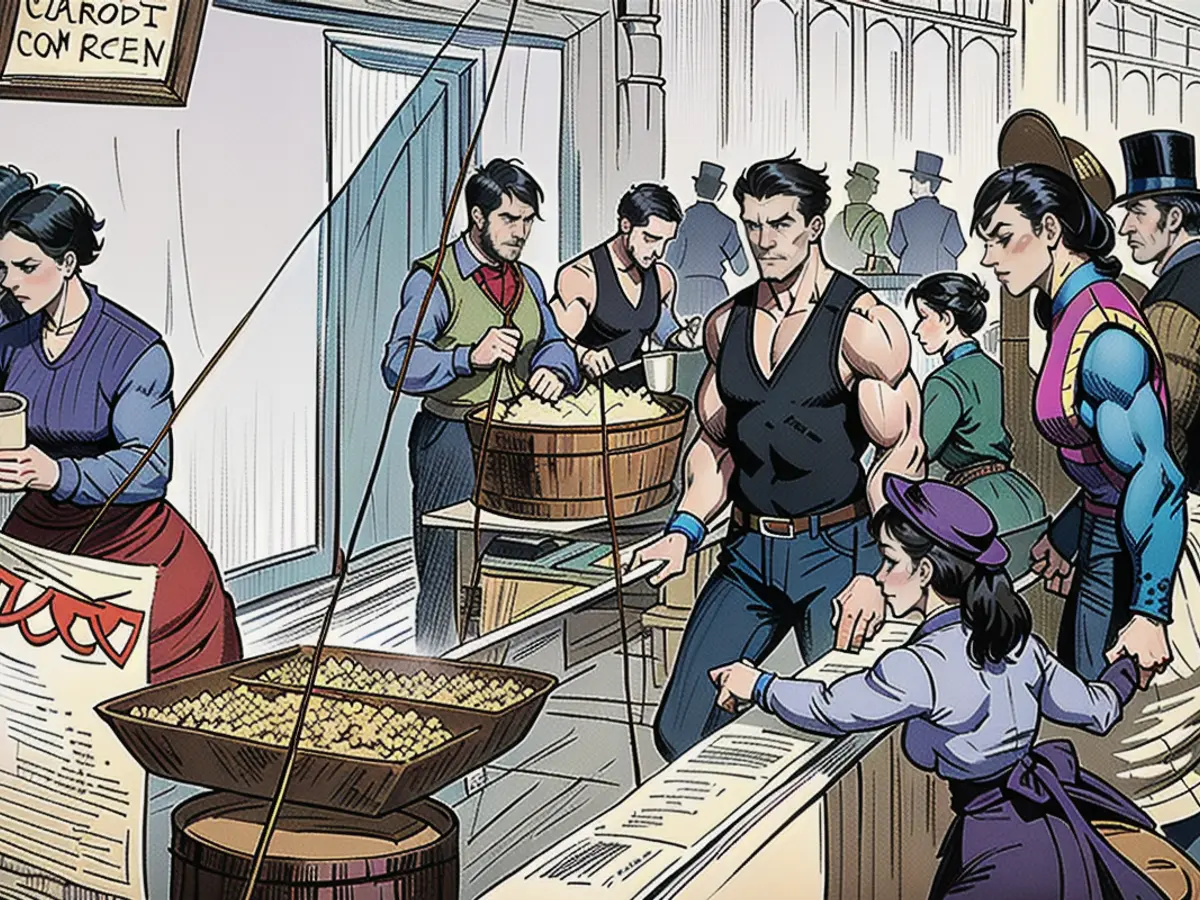
There's a lot of intrigue surrounding the history of popcorn's origins, as chronicled in Andrew F. Smith's "Popped Culture: A Social History of Popcorn in America." Smith dispelled many myths about popcorn's past. It was not a part of the first Thanksgiving feast, but instead, it made its way to America in the early 19th century, probably accompanying seafarers returning from South America.
By the 1840s, popping corn turned into a popular pastime with the invention of "wire-on-the-fire" poppers and popping gadgets. In the following decades, popcorn stands popped up at fairs, circuses, and city streets. As commercial operations grew, popcorn became a staple at baseball stadiums, and the courtship with the movie exhibition industry started.
The film industry, revitalized by the invention of "talkies," flourished during the early 20th century. By 1930, 90 million people frequented the movies weekly, according to Smith.
However, movie theater owners were reluctant to host the snack at first.
"To some owners, selling all concessions was an unnecessary chore or something 'beneath their dignity,'" Smith wrote. "In the boisterous, burlesque era, peddlers went through the aisles with baskets selling Cracker Jack and popcorn. Much of the popcorn was hurled in the air or left on the floors."
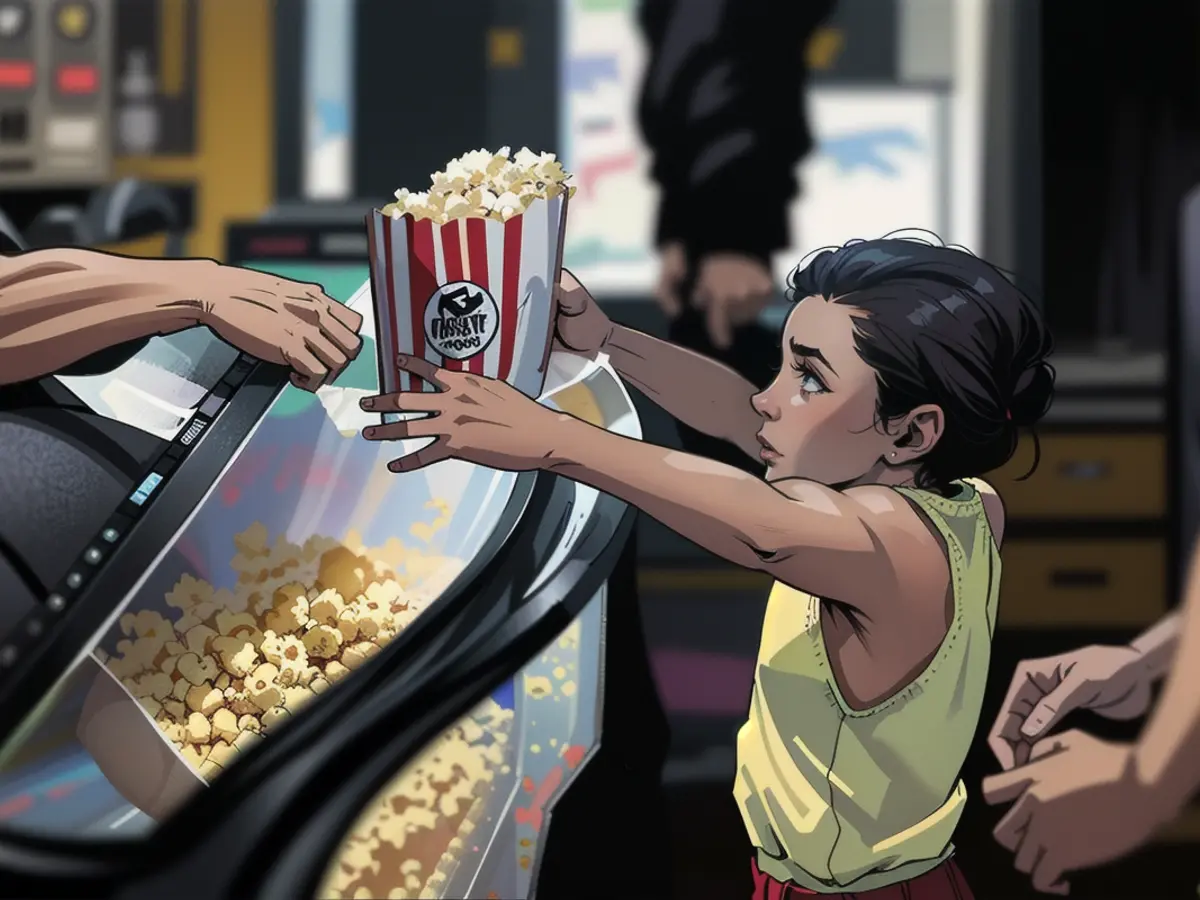
The stray popcorn bits spoiled the valuable carpets meant to resemble the grand theater foyers.
But theater owners' views changed, and popcorn's popularity soared during one of the most unexpected economic times: The Great Depression.
"At five or ten cents a bag, popcorn was a luxury within reach for most Americans," Smith noted.
Popcorn was initially prepared outside the theaters, with vendors leasing space from the theater owners. But as competitors popped up and the myth of "popcorn riches" spread, the concession entered the cinemas.
"Popcorn sold so well because of its aroma — the same smell that some theater owners had reportedly disliked earlier," Smith wrote. "The aroma was intensified during the popping process. As soon as the machines were placed in the lobbies, business picked up."
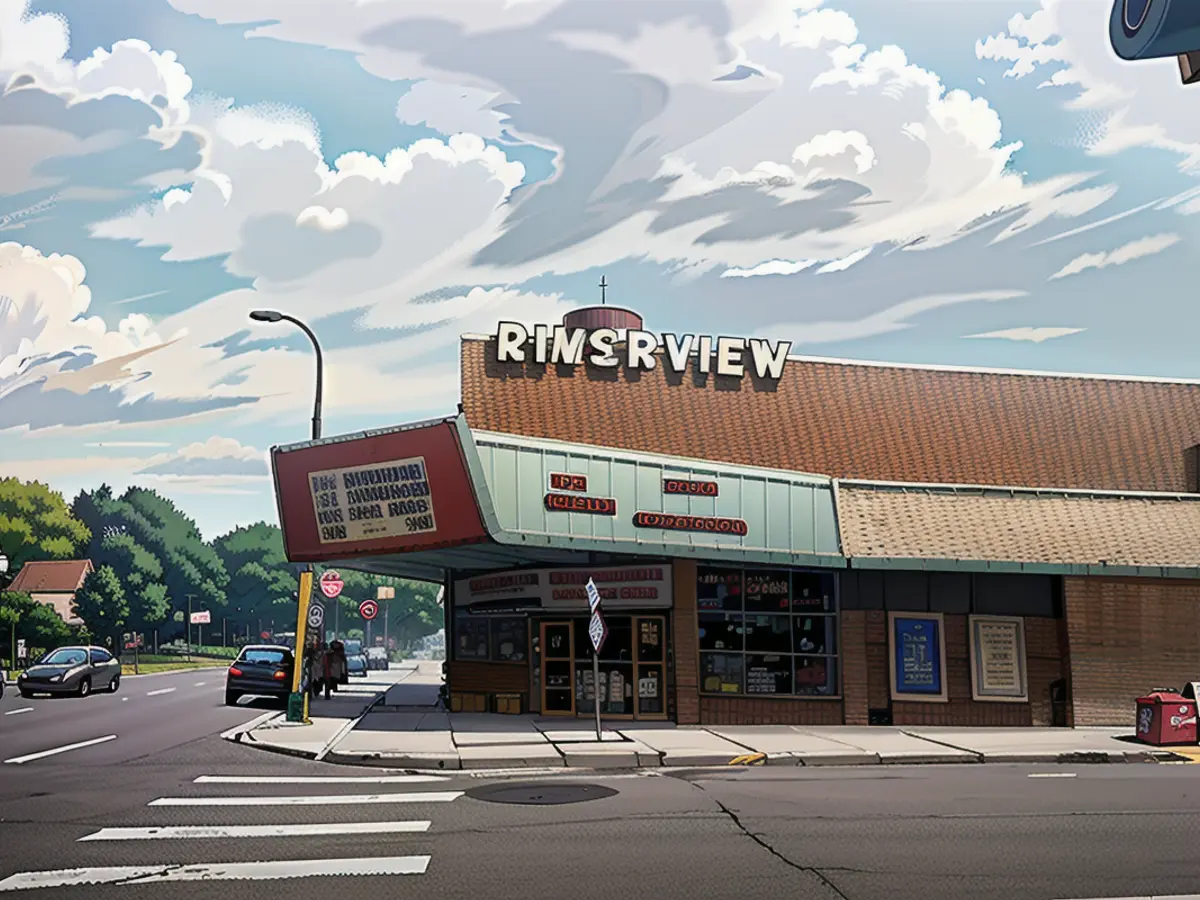
A national obsession
Recently, on a Sunday morning, a long-standing father-son tradition continued at the Riverview Theater in South Minneapolis, a single-screen cinema surrounded by 100-year-old bungalows.
Since John Aitkin, 44, was a child, he and his father, John Sr., have been enjoying movies there. While awaiting "Kingdom of the Planet of the Apes," they carried on their regular monthly practice, sides add a bucket of popcorn and a couple of sodas.
"(Popcorn's) a pastime," the younger Aitkin stated. "When I'm eating it, it makes everything feel alright. It's just 'popcorn and a movie,' and you can slip away from the pressures of everyday life."
Moreover, it offers a cost-effective escape. The medium-sized bucket just set Aitkin back $2.50, one-half of his ticket's cost.

The Riverview's popcorn is so esteemed it has drawn patrons from neighboring states. For years, the neighborhood cinema sold it to-go, a venture that enabled the theater to survive 2020, said Lorin Williams, the Riverview's owner.
"When the pandemic hit, that's all we had," Williams shared with CNN of the neighborhood's support.
The post-pandemic scenario
Following the pandemic's conclusion, people have been purchasing premium tickets and spending more on concessions, according to Alicia Reese, a Wedbush analyst who focuses on the media and entertainment sector. She stated that this was initially thought to be a surge of folks eager to go out and indulge in themselves. However, the trend has continued, and it's still growing.
This is advantageous for cinema operators because, despite the fact that they haven't fully recovered attendance to pre-pandemic levels, theaters are primarily food-serving and real estate endeavors, according to Ricard Gil, a Queen's University instructor specializing in organizational economics. Usually, the ticket revenue is split 50-50 between the theater operators and the movie studios, Gil explained. He also studies movie theater concessions' high prices. While this split may not be enough to cover all the other costs for exhibitors, concessions are crucial because they contribute about a third of overall sales at the largest US cinema chains like AMC and Cinemark, according to Reese. Nearly all of this revenue goes directly to profit, she added, and this is significant compared to most other businesses. The reasoning behind this is that the majority of concession income comes from inexpensive popcorn.

AMC Theatres' food and beverage division generated $1.67 billion in earnings in 2023, according to their financial statements. To put that into perspective, this is more than the annual revenue of restaurant chains like BJ's, Waffle House, and Red Robin. Nels Storm, AMC Theatres' Food and Beverage Product Strategy Vice President, has explained that their concession business is the cornerstone of their operations. Popcorn, he stated, continues to be the key to their success in this area.
Despite the challenges facing the industry, such as home entertainment and competition for consumer spending, popcorn must adapt to the times. For AMC, that meant releasing a line of microwave and ready-to-eat popcorn for sale at retailers like Walmart and Kroger and offering novel or cinema-themed flavors. They also sell collectible cups and popcorn tubs, or CCVs, related to popular movies, such as R2-D2 containers, Ghostbusters' Ecto-1 vehicles, the iconic Dune: Part Two sandworm, and a Garfield CCV with a plush figure coming in June, which is an homage to the well-known stuffed toys once displayed on car windows.
Alamo Drafthouse, which started in 1997, also offers a full menu and bar (complete with waitstaff). Despite the extensive selection, popcorn remains the most frequently purchased item, said Heather Morgan, the chain's chief of staff and strategy. It isn't unusual for them to experiment by linking concessions to special theme nights either, she added, mentioning that they created a berbere-flavored popcorn for Dune: Part Two.
Even smaller theaters have reinvented concessions. Nitehawk Cinema in Brooklyn, New York, is famous for its truffle-flavored popcorn. FilmScene in Iowa City, Iowa, uses a popcorn recipe passed down from the University of Iowa's student cinema group. Andrew Sherburne, FilmScene's executive director and co-founder, wrote via email that they don't provide butter and people won't even need it. In Seattle, Cinelounge Cinemas introduced eight artisan popcorn flavors, including cinnamon churro, bourbon caramel, and rosemary, earning support from moviegoers who love the chocolate popcorn at the revived Cinerama theater.
Theatrical operations will keep evolving, but popcorn will always play a part, according to Gil from Queen's University. "Theater companies have come to the realization that they are essentially real estate companies," he said. "These businesses have the capacity to fill, and they'll do whatever they can to achieve that. Theaters will cease showing movies before they stop selling popcorn."
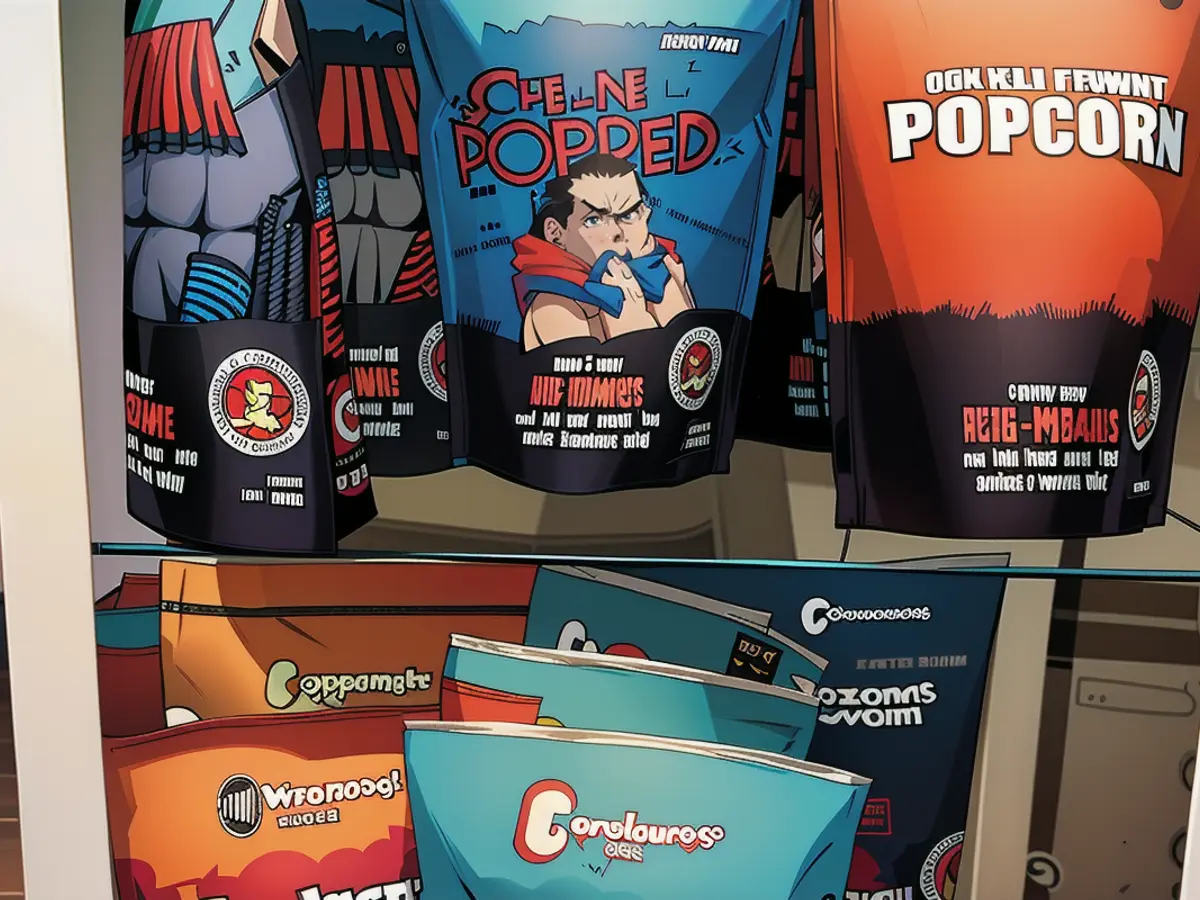
Read also:
- Lack of snow also opens up new opportunities for winter tourism
- Abrupt end to e-car subsidies
- The chemical industry has little confidence
- Intersport boss hopes for sales boom through sporting events
Source: edition.cnn.com
